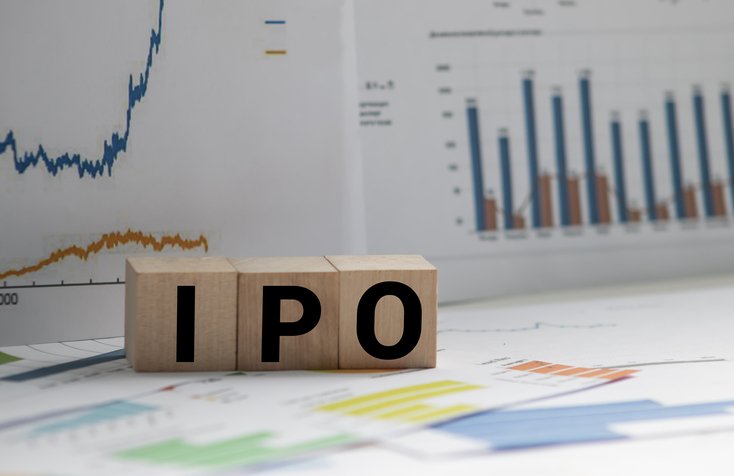Centessa Pharmaceuticals is betting its “asset centricity” rework of the pharma R&D model will render its four clinical programs and 12 preclinical programs a success.
The company priced 15 million ordinary shares on Monday between $18 and $20 apiece with the expectation of $256.4 million in net proceeds at the price range midpoint.
That would be nearly equivalent to the $250 million raised in a January series A, when the pharmaceutical company simultaneously purchased 11 biotechnology companies. Centessa could push closer to $300 million if the underwriters purchase additional shares in full in the IPO, to take place on the Nasdaq under the ticker “CNTA.”
Centessa’s pricing range is in line with other biotech IPOs this year, including Recursion Pharmaceuticals, Achilles Therapeutics, Design Therapeutics, Instil Bio, Prometheus Biosciences, Adagene and Bolt Biotherapeutics, among others.
Centessa’s cash resources coupled with the IPO net proceeds will give the company runway until mid-2023, according to a Securities and Exchange Commission (SEC) filing. The company had $320 million in total assets as of March 31.
“At its core, asset centricity is a mindset rooted in a relentless focus on a single project by a dedicated team. The biotechnology industry has embraced this philosophy to successfully advance medicines for patients,” wrote CEO Saurabh Saha, M.D., Ph.D., former senior vice president of R&D at Bristol Myers Squibb, in the SEC filing. “We asked whether this philosophy could be replicated on a larger scale to build a pharmaceutical company from bottom-up in which asset centricity serves as its foundation.”
Centessa is off to a quick start after forming in October 2020 by founding investor Medicxi. The company purchased 11 biotechs and has 16 programs in the pipeline across nephrology, hematology, oncology, hepatology, pulmonology, immunology/inflammation and neuroscience.
The largest single recipient of Centessa’s IPO proceeds and existing cash will be a phase 3 safety study and pivotal trial for lixivaptan, which will consume about $110 million. Lixivaptan, Centessa’s furthest along clinical program, is a treatment for autosomal dominant polycystic kidney disease. Another $60 million will go toward the initiation of phase 2 clinical trials for skin cancer treatment imgatuzumab.
Centessa’s current and future product candidates will require hefty funds, which the company lists as a risk factor in its IPO filing: “We cannot guarantee that we will have sufficient funds available in the future to develop and commercialize our current or future product candidates.”
The company is hoping its bench of expertise will navigate any storms. In March, Centessa announced Gregory Weinhoff as CFO, after holding a similar role at Axovant spinout Arvelle Therapeutics. Centessa also announced former FDA Commissioner Robert Califf, M.D., would join the board alongside former Tesaro COO Mary Lynne Hedley, Ph.D., and CRISPR Therapeutics CEO Samarth Kulkarni, Ph.D.
A few weeks later, Centessa cut ties with its chief scientific officer, Moncef Slaoui, M.D., following allegations of sexual harassment during his time at GlaxoSmithKline.
Centessa is backed by General Atlantic, T. Rowe Price Associates, Franklin Templeton, Vida Ventures and Boxer Capital, among nearly a dozen others.

